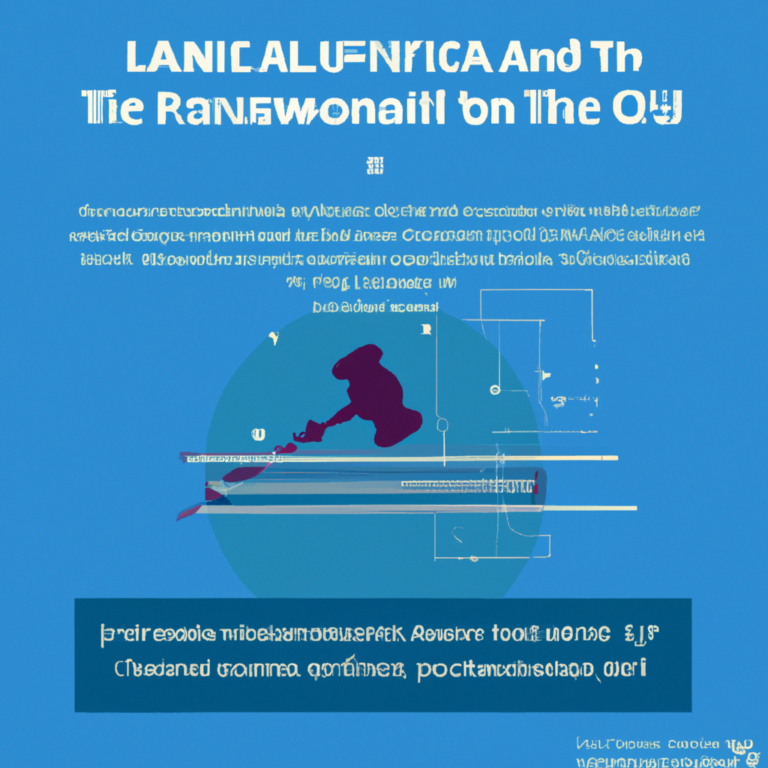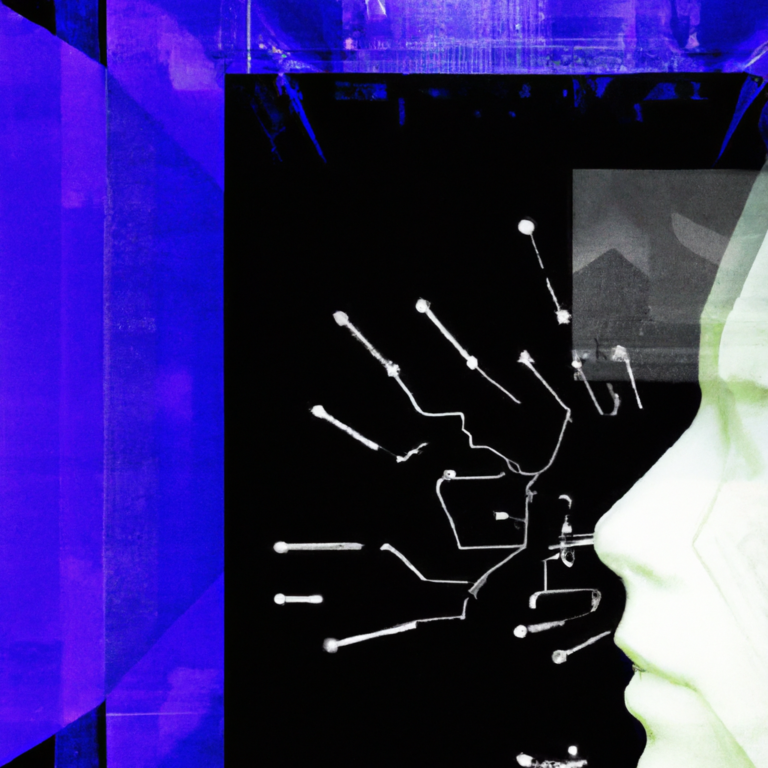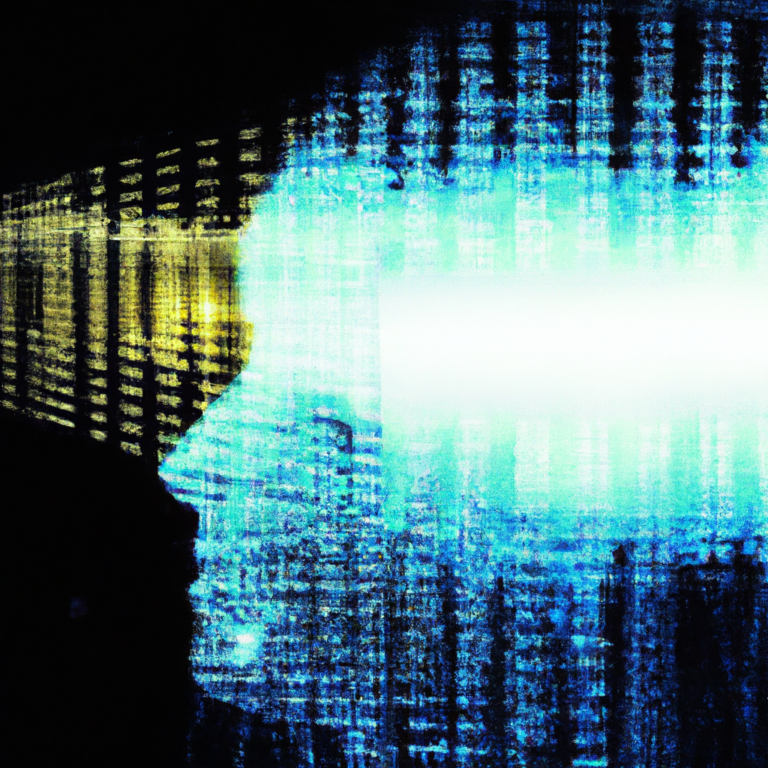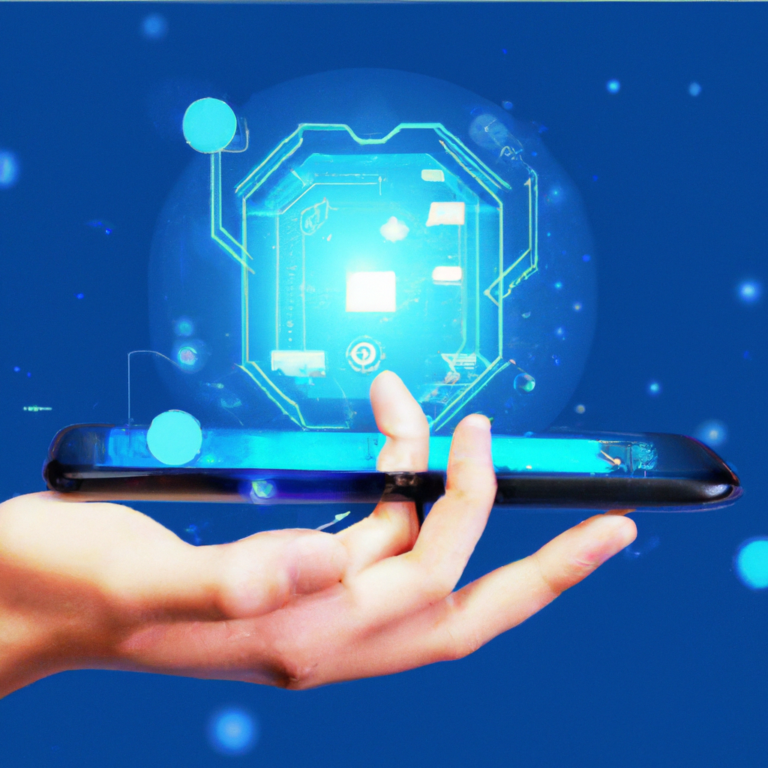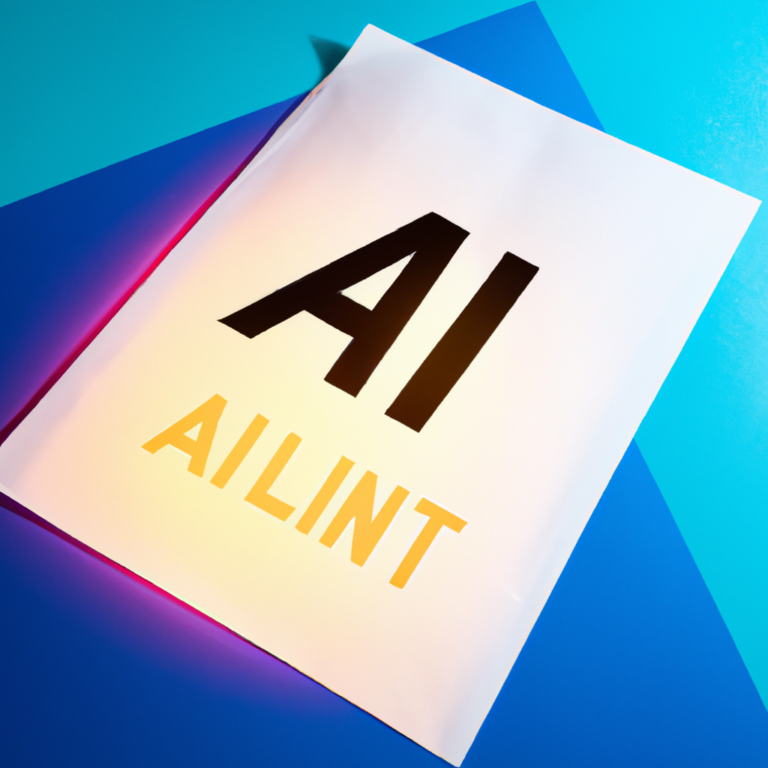The Potential Of AI To Create New Forms Of Art And Creativity
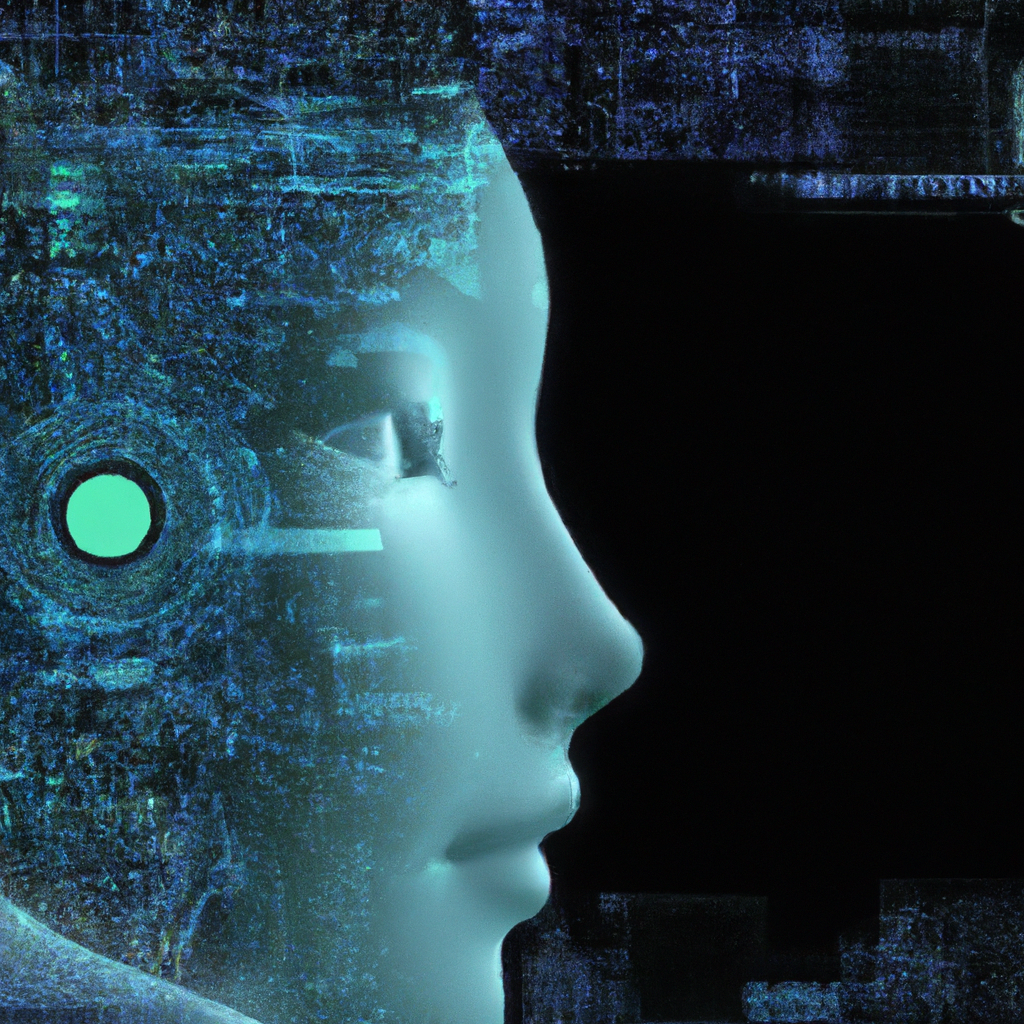
Imagine a world where artificial intelligence (AI) is not only a tool for efficiency and convenience but also a source of unparalleled creativity. The potential for AI to revolutionize the art world is becoming increasingly evident, as machines continue to push the boundaries of artistic expression. From paintings and music compositions to poetry and dance, AI has demonstrated its ability to generate truly unique and compelling works of art. This article explores the exciting possibilities that AI presents for creating new forms of art and unleashing boundless creativity.
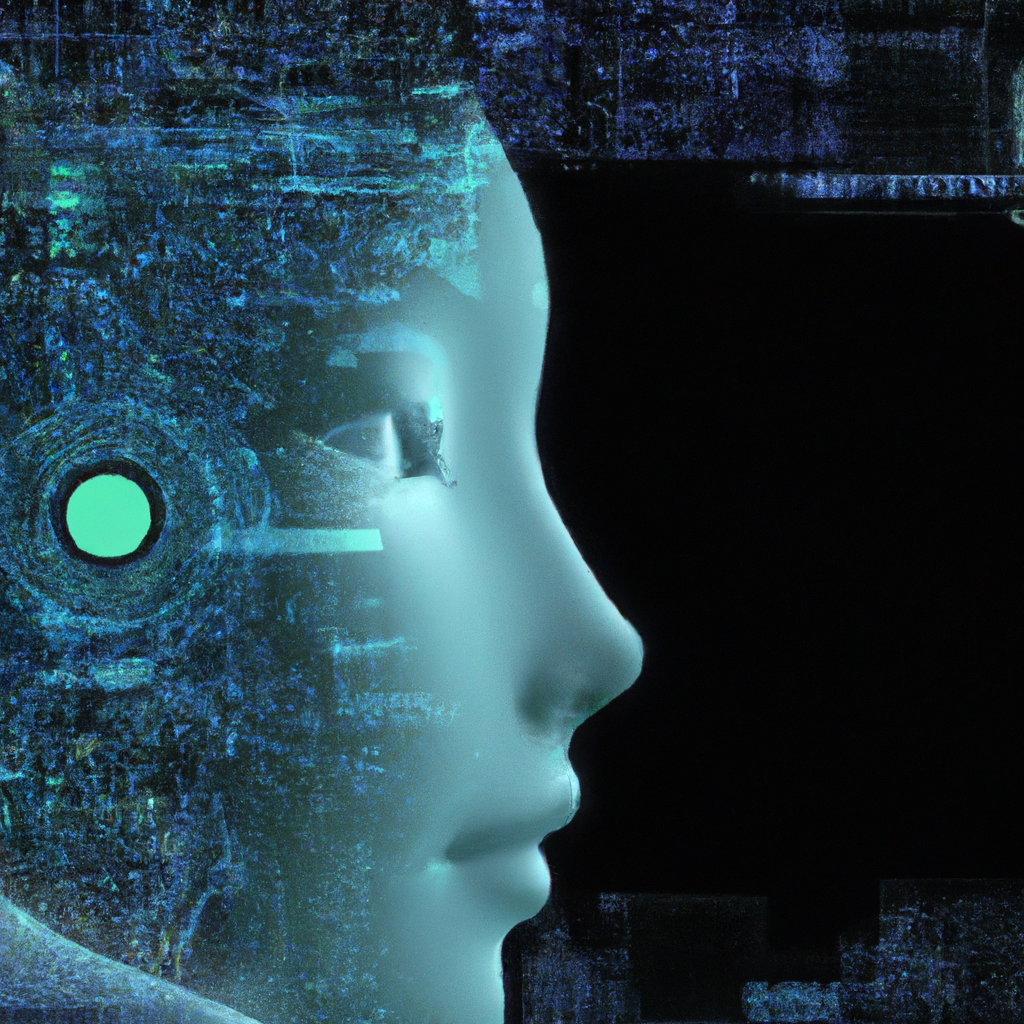
The Current Landscape of Art and Creativity
Art has always been a product of human creativity, reflecting and shaping society’s culture, emotions, and ideas. Throughout history, artists have employed their imagination, skill, and unique perspectives to create masterpieces that resonate with audiences across time. However, human creativity is not without its limitations. As artists strive to push boundaries and explore new artistic expressions, they often face constraints such as time, resources, and the limitations of human imagination.
Understanding Artificial Intelligence (AI)
Artificial Intelligence, or AI, refers to the development of computer systems with the ability to perform tasks that would typically require human intelligence. AI algorithms and models can analyze huge amounts of data, recognize patterns, and make decisions or generate outputs based on this information. Machine learning and deep learning are subsets of AI that focus on enabling machines to learn from data and improve their performance over time.
The capabilities of AI extend beyond mere data analysis and decision-making. In various fields, AI has demonstrated the ability to create, imagine, and generate content that was once thought to be the exclusive domain of human creativity.
AI Transforming Traditional Art Forms
In recent years, AI has begun to transform traditional art forms, challenging the notion that creativity is solely a human endeavor. With the advancements in generative algorithms and neural networks, AI has become capable of producing paintings, sculptures, music, and literature that rival those created by human artists.
AI-generated paintings and sculptures often exhibit a fusion of styles and techniques, combining elements from different periods and artists. These artworks are not limited by the constraints of human imagination, allowing for the exploration of new visual expressions and the creation of truly unique pieces.
Similarly, AI-generated music and compositions have pushed the boundaries of what was thought to be possible in the realm of auditory art. AI algorithms can analyze vast musical databases, identify patterns, and generate original compositions that evoke a wide range of emotions and styles.
AI-generated literature and poetry have also seen significant advancements. Natural language processing algorithms can now analyze vast amounts of text, recognize semantic structures, and generate coherent and meaningful written content. AI-generated novels and poems challenge traditional notions of authorship and storytelling, blurring the lines between human and machine creativity.

The Role of AI in Collaborative Creativity
While AI has the potential to create art and expressions independently, its real power lies in its ability to collaborate with human artists and creatives. AI can act as a powerful tool to augment and enhance human creativity, enabling artists to explore new artistic possibilities and overcome limitations.
Through the use of AI, artists can leverage the vast amount of data and knowledge available, allowing them to experiment with new techniques, styles, and ideas. AI algorithms can assist in generating alternative options, offering new perspectives and pushing artists out of their comfort zones.
Furthermore, AI can enable collaborative creativity between humans and machines. Artists and AI can work together in a symbiotic relationship, with each contributing their unique strengths. AI algorithms can assist in generating preliminary ideas or variations, which artists can then refine and expand upon. This collaborative process can lead to truly innovative and groundbreaking artistic expressions.
The impact of AI on creative industries is significant. Industries such as advertising, design, and entertainment are increasingly adopting AI technologies to enhance their creative processes. The use of AI in these fields streamlines workflows, facilitates rapid iteration, and enables the creation of personalized and targeted content.
Ethical Considerations in AI-created Art
As AI continues to shape the field of art and creativity, ethical considerations come to the forefront. Ownership and authorship of AI-generated art raise complex questions. While the algorithms and models used in the creation of AI-generated art are designed by humans, the resulting artwork is often the product of the AI’s creative interpretation and generation. Determining who owns the rights to AI-generated art and who should be credited as the author becomes a challenge.
Another ethical concern lies in the potential for AI to perpetuate biases and stereotypes. AI algorithms learn from the data they are trained on, and if these datasets contain biases or discriminatory content, the AI’s output can reflect or amplify these biases. It is crucial to ensure that the datasets used to train AI models are diverse, inclusive, and free from biases.
The future implications of AI-created art also raise questions about the role of artists and creators. As AI becomes more advanced and capable of producing art independently, the role of human artists may evolve. Artists may need to redefine their identities and find new ways to collaborate with AI to harness the benefits it brings while maintaining their unique artistic vision and creative autonomy.
Exploring New Dimensions of Creativity with AI
AI-driven technologies offer immense potential to explore new dimensions of creativity. Interactive and immersive experiences powered by AI allow audiences to engage with art in unprecedented ways. AI algorithms can analyze user input, adapt to personal preferences, and create dynamic and personalized experiences, blurring the line between creator and audience.
AI augmentation has the potential to enhance human creativity by providing artists with tools and capabilities beyond their individual capacities. AI algorithms can analyze vast amounts of data, identify trends and patterns, and offer insights that can inspire and inform the creative process. With AI as a collaborator, artists can push their boundaries, experiment with new techniques, and unlock new levels of artistic expression.
Furthermore, AI has the potential to uncover new artistic expressions that were previously unexplored. AI algorithms can identify hidden patterns, correlations, and connections within datasets, leading to the discovery of novel artistic approaches and the creation of truly innovative art forms.
The Impact of AI on Art Appreciation and Audience Engagement
AI is not limited to the creation of art; it also has a profound impact on art appreciation and audience engagement. AI-powered curation and personalization of art experiences enable museums, galleries, and online platforms to tailor content to individual preferences. AI algorithms can analyze user behavior, historical data, and cultural trends to recommend artworks and exhibitions that are likely to resonate with each individual.
Integrating AI into virtual and augmented reality experiences opens up new horizons for art consumption. AI algorithms can analyze an individual’s location, movement, and preferences to create personalized and immersive experiences. Virtual worlds can be enriched with AI-generated content, allowing for interactive and engaging art experiences beyond the boundaries of physical spaces.
The way art is consumed and appreciated is undergoing a significant transformation due to AI. With AI-powered technologies, audiences have access to a vast array of artistic expressions, which in turn broadens their understanding and appreciation of different art forms.
The Future of AI in Art and Creativity
The future of AI in art and creativity holds immense possibilities. Advancements in AI technologies continue to push the boundaries of artistic expression. AI algorithms are becoming more sophisticated, capable of generating art that is indistinguishable from human-created works, challenging the traditional notions of authorship and creativity.
The intersection of AI with other emerging technologies such as virtual reality, augmented reality, and blockchain presents further opportunities for artistic innovation. The combination of these technologies offers new ways to create, consume, and interact with art, revolutionizing the artistic landscape.
As AI becomes more integrated into the creative process, the roles of artists and creators will evolve. Artists will need to embrace AI as a tool and collaborator, finding new ways to harness its potential and maintain their artistic vision in an AI-powered world.
The Challenges and Opportunities of AI in Art
While AI presents tremendous opportunities for artistic innovation, it also brings forth several challenges that must be addressed. Ethical concerns surrounding ownership, authorship, biases, and stereotypes require careful consideration and proactive measures to ensure the responsible use of AI in art.
Promoting inclusivity and diversity in AI-generated art is essential. AI algorithms must be trained on diverse and inclusive datasets to avoid perpetuating biases and stereotypes. The representation of diverse voices, perspectives, and cultures in AI-generated art is crucial to foster creativity and avoid reinforcing existing inequalities and underrepresentation.
To harness the full potential of AI for artistic innovation, it is essential to invest in research and development of AI technologies specifically tailored for artistic purposes. By focusing on the unique requirements of artists and creatives, AI can be further enhanced to amplify human creativity and enable the production of art that transcends current limitations.
Conclusion
The emergence of AI in art and creativity marks a significant turning point in the history of artistic expression. As AI algorithms become increasingly sophisticated, they have the potential to generate art, music, literature, and experiences that challenge traditional notions of creativity and push the boundaries of human imagination.
However, the future of AI in art is not one that replaces human artists but rather one that enhances their capabilities, expands their possibilities, and collaborates with them to create new forms of artistic expression. Through responsible development and use of AI, the artistic landscape can evolve and thrive, bringing forth novel art forms and experiences that captivate and inspire audiences for years to come.

